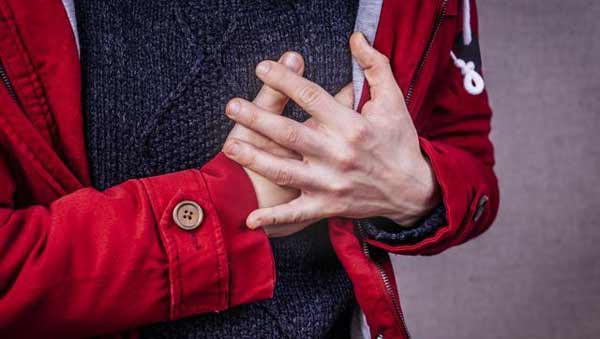
New Delhi, India (BBN)-The first four hours after developing stroke are the most crucial in determining the patient’s recovery with proper timely treatment reducing stroke -related mortality by 25 per cent to 30 per cent, said doctors.
“It is important that thrombolysis (busting of the clot) be done within four-and-a-half hours of a stroke, reports the Hindustan Times.
Almost, two-thirds of the people survive their first stroke; but, the results are better when treatment is given on time,” said Dr CS Agarwal, chairman of the department of neurology at Sir Ganga Ram Hospital.
In 65-year-old Jeevan Chand’s case, he was taken to a hospital only after his family realised that one side of his body had gone limp.
This was 30 hours after he had suffered a stroke.
“We did not know what was happening. When he said that there was a tingling sensation, we thought it was because of the cold. We realised that something was serious only when he was not able to move one side of the body. The doctors here told us that he had suffered a stroke,” said Jagdish (39), his nephew.
Stroke occurs when blood supply to the brain is affected, cutting off oxygen. As a result, brain cells die.
Unfortunately, symptoms may manifest differently in different people, and they show up suddenly.

Apart from a throbbing headache, the warning signs include weakness on one side of the body, trouble walking, talking, or understanding things, vomiting and vision loss in one or both eyes.
Earlier, the first hour of developing the symptoms used to be critical, like in the case of a heart attack, but advances in medical sciences stretched it to 4.5 hours.
Now, medicines are being further strengthened to expand the window to six hours.
However, no matter how good a medicine is, its efficacy decreases with each passing hour.
“I’d say sooner the better,” said Dr Deepak Agrawal, additional professor of neurosurgery at the All India Institute of Medical Sciences (AIIMS).
World over, ‘FAST’ is being promoted to identify and act on stroke, where ‘F’ stands for face drooping to one side; ‘A’ for weakness in ar ms, ‘S’ for slurred speech and all this means ‘T’: time to see a doctor.
But, one should not waste any time in going to just any doctor or any medical centre that is not equipped to handle such cases.
“Go to a hospital that has a specialised neurology department,” said Dr Agrawal.
Uncontrolled high blood pressure accounts for 90 per cent of the stroke risk.
Diabetes, obesity and smoking are all risk factors, more so for those who have already had an attack, said doctors.
The chances of developing a stroke, like in the case of most lifestyle diseases, can be lowered by undergoing regular checkups to maintain blood pressure, consuming a diet rich in fruits, vegetables, whole grains and nuts, according to the American Heart Association/American Stroke Association’s latest guidelines.
This makes a drastic difference in lowering first-time stroke risk.
The disability caused due to stroke depends on which part of the brain was affected and how much damage it suffered.
However, post-stroke management is important to regain the functioning of their affected parts, even if partially.
“A majority of the people who suffer from a stroke can recover 60-70% of their mobility after the first stroke and can walk on their own. Hands may not gain full functioning, though. So, more than just physiotherapy, rehabilitation is needed for stroke patients,” said Dr Agarwal.
Post-stroke management should emphasise on special therapists for spasticity and speech impairments as well, said doctors.
“With good physiotherapy, a patient can lead almost a normal life even after a stroke. Although, they may still be in some way dependent on their family,” said Dr Agrawal.
BBN/SK/AD